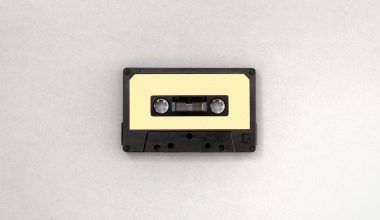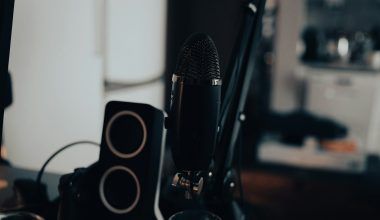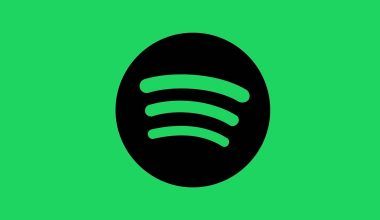Gone are the days when signing with a label was the only way to make a mark in the music industry. Today, independent artists have incredible opportunities to monetize their music on all digital stores without a label. From platforms like Spotify and Apple Music to niche platforms catering to specific audiences, your music can generate revenue globally. If you’re an artist wondering how to take control of your music’s earnings, this guide is for you. Let’s explore how you can maximize your income as an independent musician.
Understanding the Digital Music Landscape
The digital music industry has evolved rapidly in the past decade. Streaming platforms, download stores, and even social media have become key players in helping artists reach audiences worldwide. By cutting out the middleman, independent artists now have the freedom to distribute music on their terms.
To monetize your music on all digital stores without a label, it’s essential to understand how these platforms work. Services like Spotify, YouTube Music, Amazon Music, and others operate on a revenue-sharing model. When listeners stream or purchase your tracks, you earn a percentage of the revenue.
Why You Don’t Need a Label to Monetize Music
Traditionally, labels handled production, promotion, and distribution. But today, technology has leveled the playing field. With affordable tools, easy access to distributors, and online marketing strategies, you can handle everything a label once did.
Some reasons to go independent include:
- Full Control: Retain ownership of your music and artistic vision.
- Higher Revenue Share: Keep a larger percentage of the earnings.
- Flexibility: Release music whenever you’re ready, without label-imposed deadlines.
Steps to Monetize Your Music on Digital Stores Without a Label
Choose the Right Digital Distributor
The first step to making your music available on digital stores is finding the right distributor. Distributors act as a bridge between you and platforms like Spotify, Apple Music, and Deezer. Some popular choices include:
- DistroKid
- Deliver My Tune
- CD Baby
- Amuse
These platforms allow you to upload your tracks, set pricing, and monitor earnings. While some charge a flat fee, others take a small percentage of your revenue. Choose one that aligns with your needs.
Optimize Your Music Metadata
Metadata includes all the information about your music, such as the song title, artist name, album name, and genre. This data ensures your music is discoverable on digital stores. To make the most of this:
- Use accurate and descriptive metadata.
- Add relevant keywords to improve searchability.
- Ensure your album artwork meets platform guidelines.
Leverage Streaming Platforms for Revenue
Streaming platforms are the primary revenue source for many independent artists. While they may pay less per stream compared to downloads, their massive audience size makes them indispensable. To maximize earnings:
- Promote playlists featuring your tracks.
- Use Spotify for Artists to analyze your audience and pitch songs to playlist curators.
- Encourage fans to follow you on these platforms.
Sell Your Music Directly to Fans
Another great way to monetize your music is by selling it directly to your fans. Platforms like Bandcamp allow you to set your pricing and let fans support you directly. You can offer digital downloads, physical merchandise, and even limited-edition content.
Build Your Online Presence
Monetizing your music isn’t just about uploading it to digital stores. You need to market it effectively to reach the right audience. Start by creating a strong online presence:
- Social Media: Use platforms like Instagram, TikTok, and Twitter to engage with fans.
- YouTube: Upload music videos, behind-the-scenes content, and live performances.
- Email Lists: Build a mailing list to keep your fans updated about new releases and merchandise.
Collaborate with Influencers and Playlists
Collaborations can significantly boost your music’s reach. Reach out to influencers, bloggers, and playlist curators who cater to your genre. By featuring your music on their channels or playlists, you can attract new listeners.
Maximize Revenue Streams Beyond Digital Stores
To fully monetize your music, explore additional revenue streams:
- Merchandise: Sell branded T-shirts, hats, and other items.
- Crowdfunding: Platforms like Patreon let fans support you directly.
- Live Performances: Stream concerts online or perform at local venues.
Protect Your Music with Proper Licensing
To ensure you get paid fairly, register your music with performance rights organizations (PROs) like ASCAP, BMI, or PRS. These organizations collect royalties on your behalf when your music is played in public places or streamed online.
Use Analytics to Improve Your Strategy
Most digital platforms offer analytics tools to track your performance. By analyzing data such as listener demographics and popular tracks, you can refine your strategy to reach more listeners and increase revenue.
Social media is a game-changer for independent artists. Platforms like Instagram, TikTok, and Twitter allow you to connect directly with your audience. Use these tips:
- Post consistently to keep fans engaged.
- Share stories behind your songs to create a deeper connection.
- Collaborate with influencers to expand your reach.
Conclusion
Monetizing your music on all digital stores without a label is more achievable than ever. By leveraging digital distributors, building a strong online presence, and exploring diverse revenue streams, you can earn a sustainable income from your passion. The journey might be challenging at times, but the freedom and control you gain as an independent artist are worth it. Start today, and let your music reach its full potential!
For further reading, explore these related articles:
- Everything You Need to Know About SongCast Music Distribution
- How to Add Music to Spotify: A Step-by-Step Guide
- What Counts as a Stream on Spotify?
For additional resources on music marketing and distribution, visit DMT Records Private Limited.






